Archaeological digs in the Piazza San Marco have uncovered bits of the earliest history of Venice.
During work on the replacement of paving stones in the Piazza San Marco, the archaeologists have had the rare opportunity to dig there, and they have found interesting things.
They have found parts of the walls of the ancient church of San Giminiano, and a burial of four persons in a shared grave, just besides the church.
The announcement was made on Facebook, in Italian, but I have made a quick translation below.

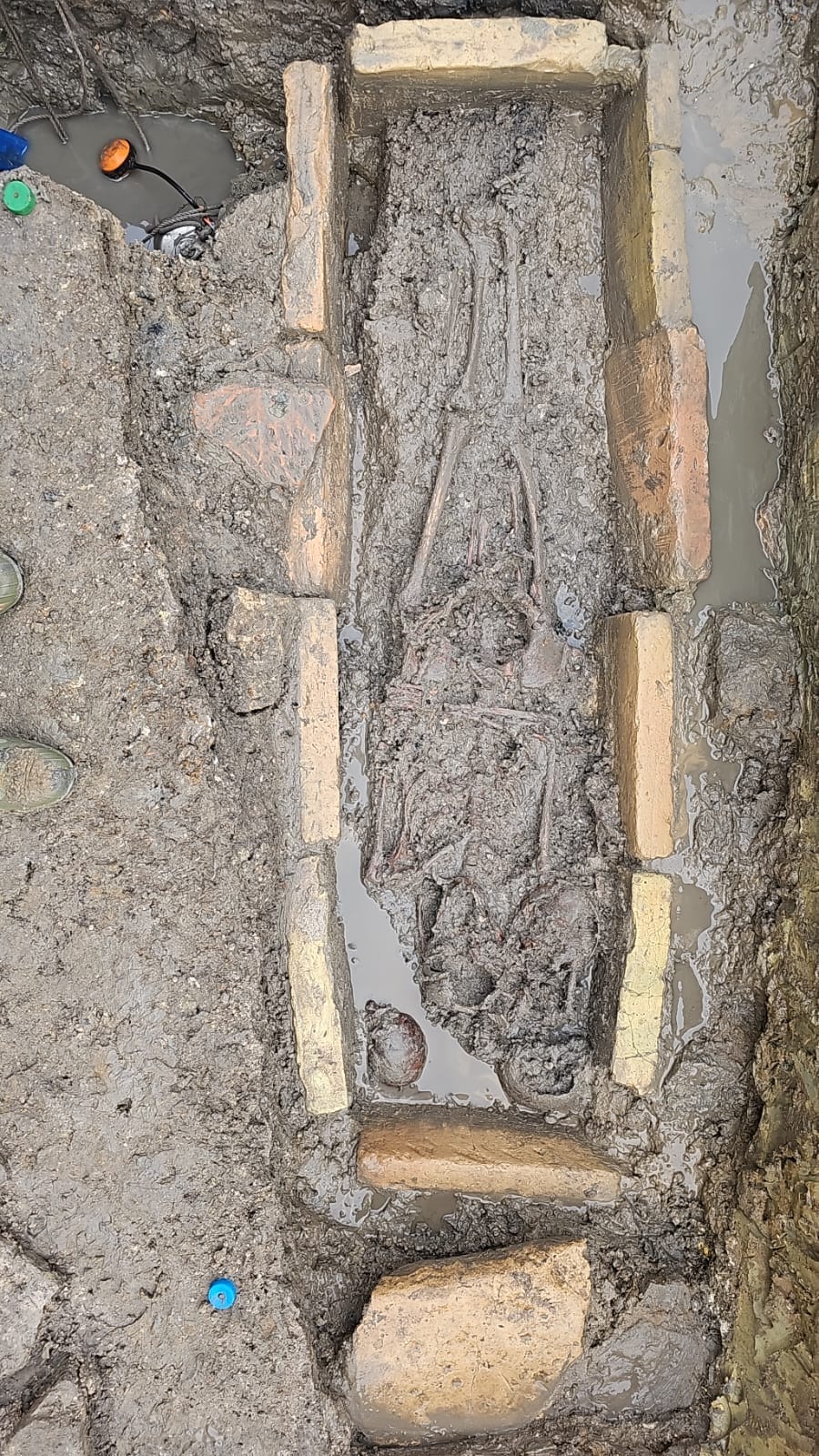
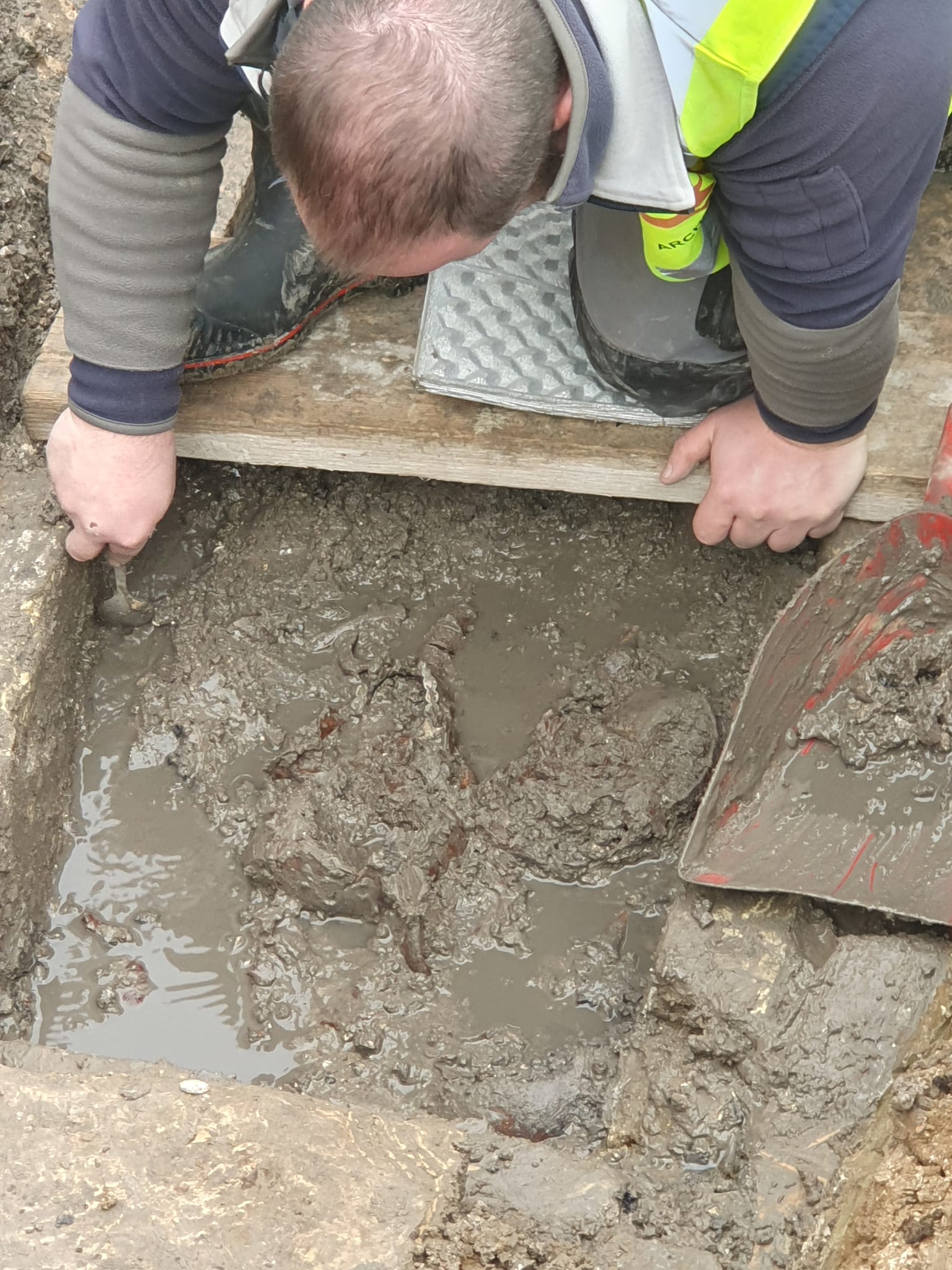
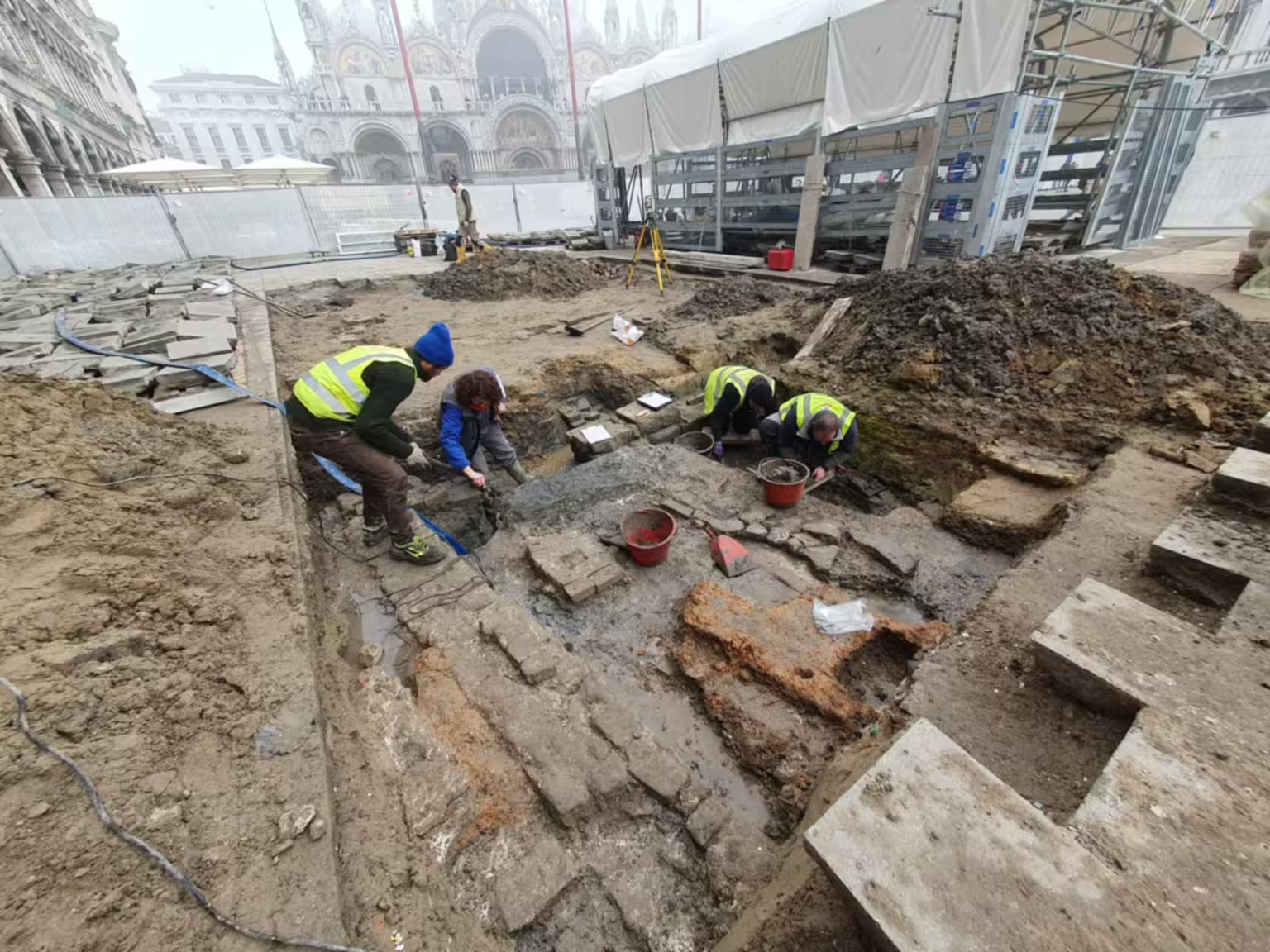
Translation
NEW DISCOVERIES IN PIAZZA SAN MARCO!
The in-depth archaeological excavations in the construction sites for the restoration of the paving continue at a rapid pace.
The excavations, carried out by the company Semper s.r.l. and directed by Dr. Sara Bini of our Sopraintendenza, are now on the construction site under the Procuratie Vecchie and have made it possible to uncover a series of walls and floor levels in part presumably attributable to the ancient church of San Gemignano, which stood here in the early medieval centuries and of which, over time, memory had been lost regarding its exact location within the St Mark area.
How did we manage to arrive at this hypothesis? Thanks to the archival sources that place the church at this point of the square but also thanks to the recent discovery, in addition to the walls mentioned, of a burial with brick sides inside which at least four individuals were buried.
In ancient times it was very common to bury people besides or inside buildings of worship and it was equally frequent to place multiple deceased people inside the same tomb, though not necessarily at the same time.
Given that the sources at this point speak of the presence of only the church of San Gemignano and the cemeteries almost always developed close to a nearby cult building, we can hypothesize with high probability that our survey has uncovered the structures and floors of the church itself, allowing us to investigate (at least in part) one of the oldest places of worship in Venice, which existed long before the Basilica dedicated to San Marco was built and before the square took on its current shape surrounded by the Procuratie.
We owe thanks to Federico Berchet and Giacomo Boni, who conducted excavations similar to ours between 1885 and 1889 and who had uncovered some walls in this point of the square which, however, they had not managed to frame from a historical point of view. Thanks to the extremely precise plan of the excavations carried out by Berchet, we were able to bring them to light and, thanks to the most advanced excavation methodologies which did not yet exist in the 19th century, we were able to formulate these hypotheses, as well as the various surveys already carried out in other points of the square have allowed us to investigate and study dozens of floor levels which until now had never been identified and which demonstrate how over the centuries the Venetians have always restored, dismantled and remade the St Mark area.
Piazza San Marco was not always as we see it today, it was very different and now it is not easy to imagine it with canals that crossed it and with churches that characterized it.
Thanks to these archaeological excavations, financed by the Ministry of Culture and carried out thanks to a fruitful and solid collaboration with the Municipality of Venice which manages the construction sites for the restoration of the paving, we will have much more data available and after a careful study of the post-documentation excavation, the analysis of archival sources and the digital reconstruction techniques now available for historical-archaeological research, it will be easier for everyone to understand not only the evolution but also the birth of the most famous square in the world and the Venice of the first centuries.
Soprintendenza ABAP per il Comune di Venezia e Laguna on Facebook.

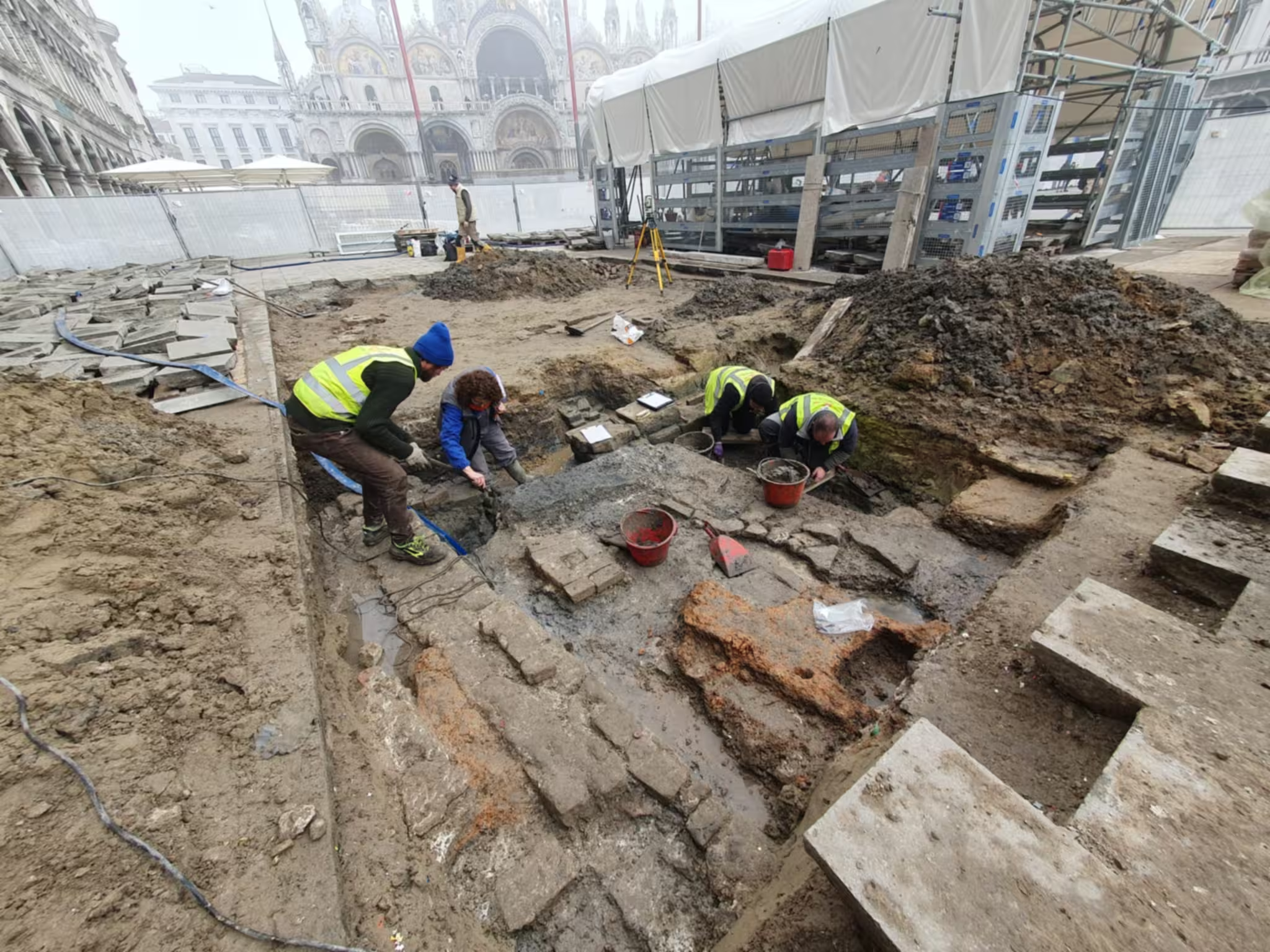


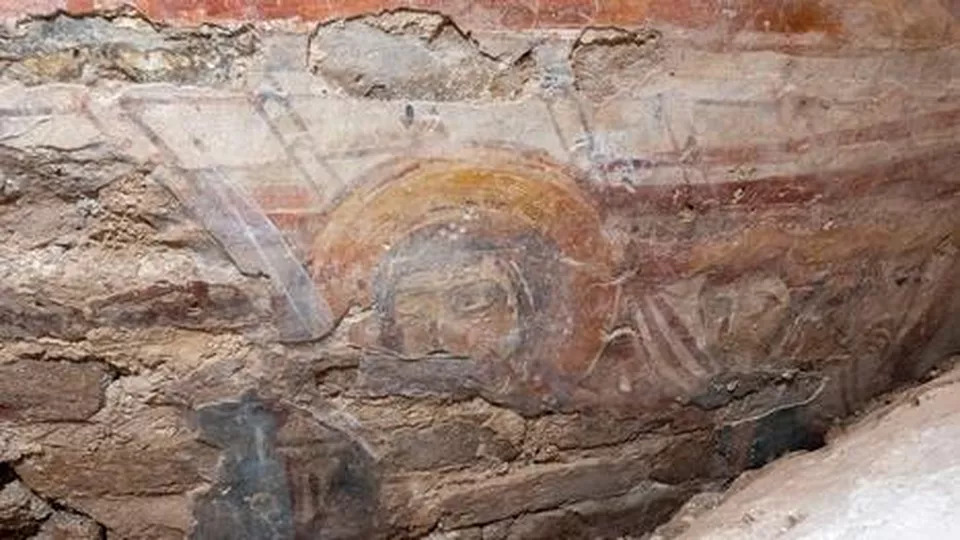
Leave a Reply